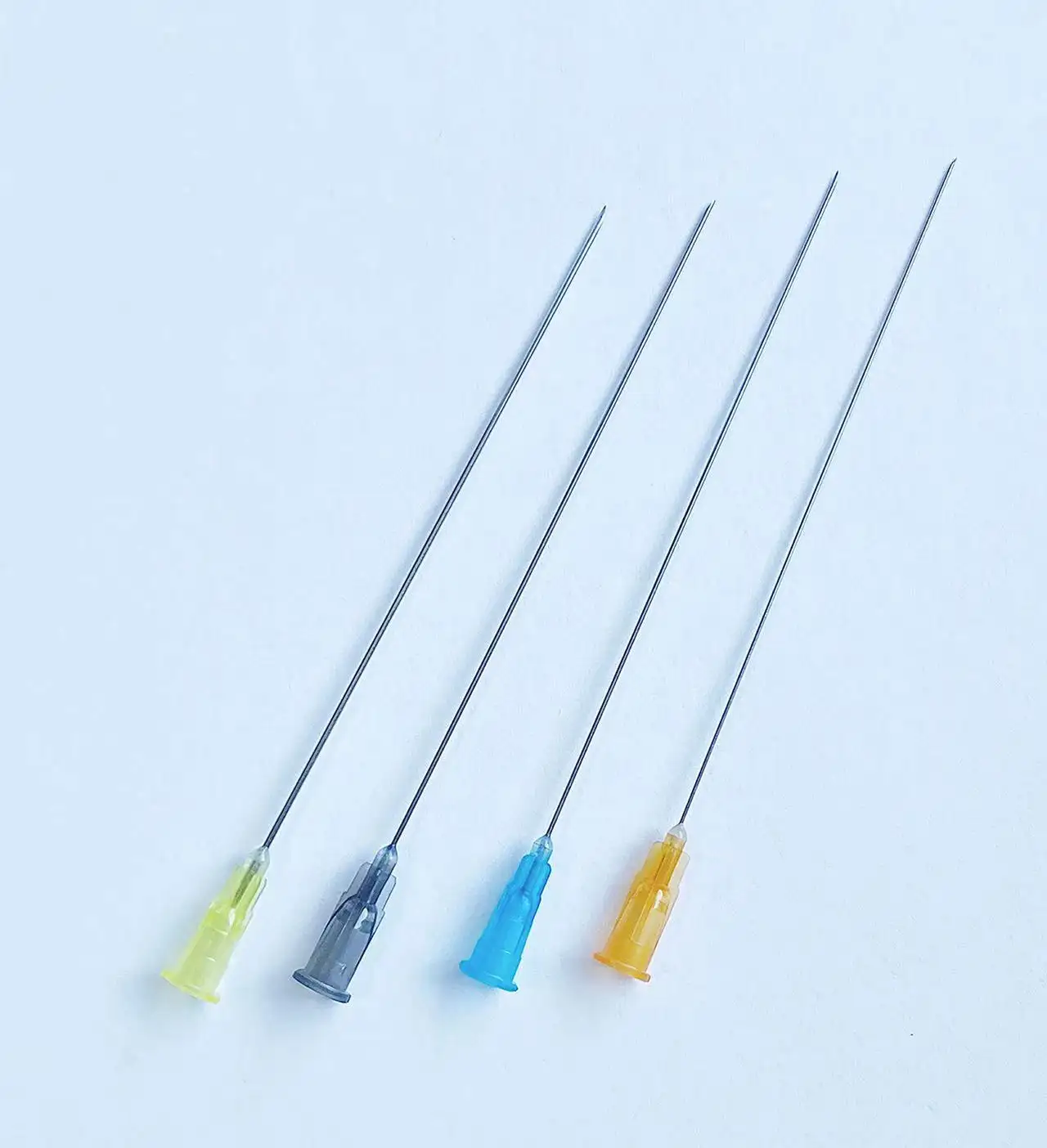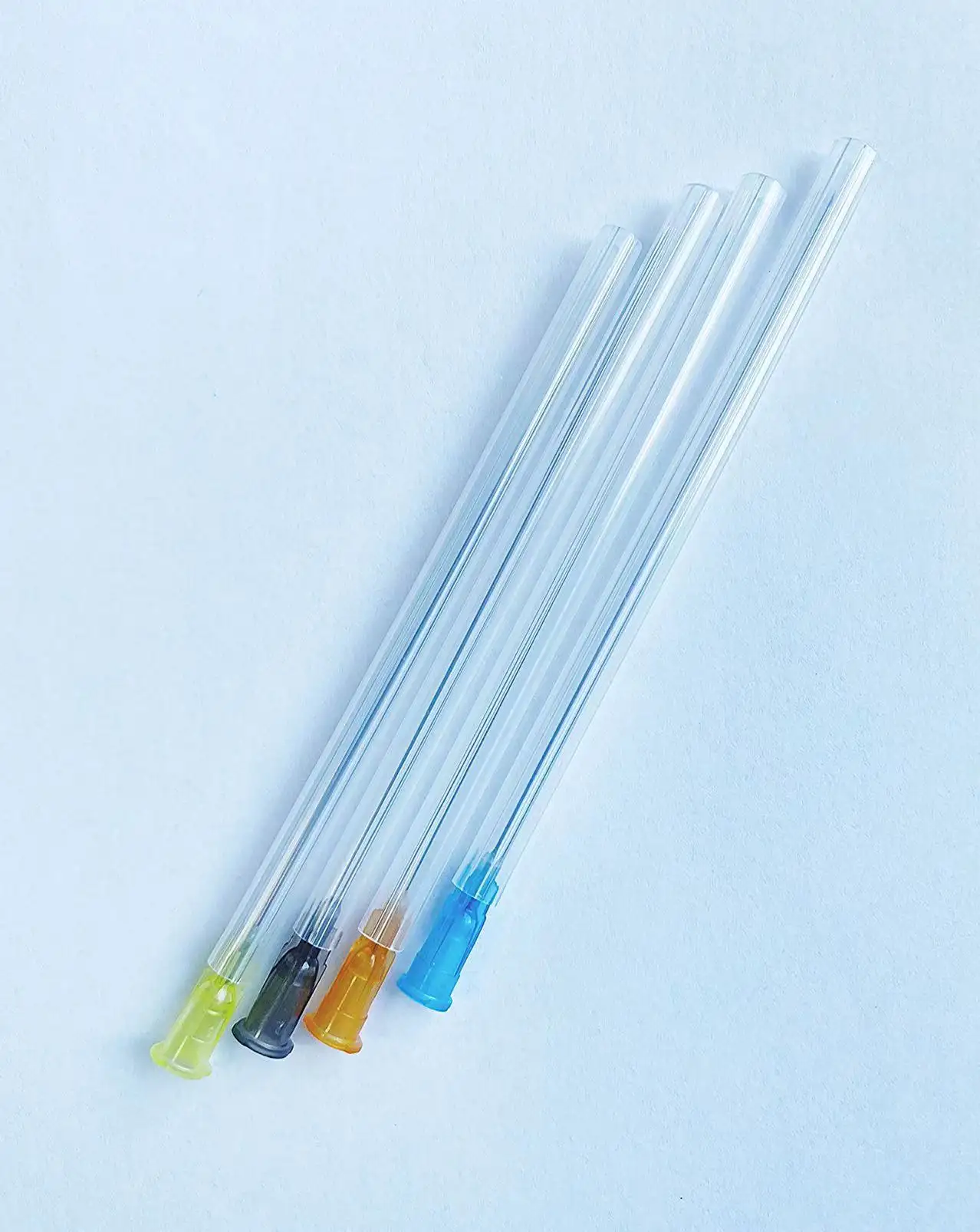The Role of Epidural Needles in Pain Control
Pain management has always been a core element of medical practice, and in many clinical scenarios, anesthesia must be delivered safely and effectively. An Epidural Needle plays a vital role in this process by enabling access to the epidural space, where anesthetics or analgesics can be administered. Through the use of an Epidural Needle, clinicians can provide targeted pain relief for labor, surgery, and chronic pain conditions. By allowing medication to block pain signals before they reach the brain, this tool has transformed how doctors manage patient comfort. The reliability and safety of Epidural Needles make them indispensable in modern healthcare.
Understanding Epidural Needles
Structure and Design of an Epidural Needle
An Epidural Needle is designed specifically to reach the epidural space with precision and safety. Unlike standard needles, it has a distinct curvature at the tip, known as a Tuohy bevel, which helps guide the catheter into place. The needle is usually marked with depth indicators to help clinicians control insertion length. It is hollow, allowing the passage of catheters or the delivery of anesthetics directly. Every detail of its design—from grip to markings—ensures that the procedure is performed with accuracy and minimal complications.
Purpose of Epidural Needles in Medical Practice
The purpose of an Epidural Needle is to provide clinicians with controlled access to the epidural space. It allows the safe placement of catheters or direct injection of medication, ensuring effective anesthesia delivery. Whether during childbirth, major abdominal surgery, or orthopedic procedures, the Epidural Needle offers a way to minimize patient discomfort and avoid the risks associated with general anesthesia. Its function is simple yet critical: creating a pathway for pain management solutions that prioritize both safety and effectiveness.
How Epidural Needles Are Used in Anesthesia
The Procedure of Epidural Placement
Using an Epidural Needle requires both skill and precision. The patient is typically positioned sitting or lying on their side, with the spine curved forward to expose the spaces between vertebrae. The clinician inserts the needle into the lower back, carefully advancing until it reaches the epidural space. Special techniques, such as loss-of-resistance detection, are used to confirm correct placement. Once in position, the needle can be used to deliver medication directly, or a catheter can be threaded through it for continuous anesthesia.
Drug Delivery and Effectiveness
Once the Epidural Needle has established access, anesthetics such as lidocaine or analgesics like opioids are delivered into the epidural space. These drugs block the transmission of pain signals by acting on spinal nerves. The effects can be immediate and localized, providing relief without affecting consciousness. Continuous infusion via catheter ensures that patients remain comfortable throughout labor or long surgical procedures. The effectiveness of epidural anesthesia depends largely on the precision of the Epidural Needle placement.
Advantages of Epidural Needles in Anesthesia
Enhanced Patient Comfort
One of the most significant benefits of Epidural Needles is their ability to provide targeted pain relief. Patients undergoing surgery or labor can remain awake, aware, and comfortable without enduring overwhelming pain. This approach improves not only patient experience but also cooperation during procedures. For many, the availability of an epidural option significantly reduces anxiety associated with medical interventions.
Reduction in Systemic Side Effects
General anesthesia affects the entire body and carries risks such as nausea, respiratory depression, and prolonged recovery times. By contrast, an Epidural Needle allows clinicians to deliver drugs only to the nerves that need blocking. This localized effect reduces systemic side effects and speeds up recovery. It also makes the technique particularly valuable for patients who may not tolerate general anesthesia well, such as the elderly or those with pre-existing medical conditions.

Challenges and Considerations
Technical Expertise Required
Although Epidural Needles are precisely engineered, their safe use depends heavily on clinician expertise. The spinal anatomy is complex, and misplacement can cause complications such as dural puncture or incomplete anesthesia. Training, experience, and practice are crucial for practitioners to perform epidurals safely. Hospitals often ensure that only skilled personnel are assigned to these procedures to protect patient safety.
Risks and Potential Complications
Like any invasive procedure, epidural anesthesia carries some risks. These may include infection, bleeding, or nerve damage if the needle is improperly placed. Rare but serious complications, such as spinal headaches from dural puncture, also exist. The design of Epidural Needles reduces these risks, but careful technique and sterile handling are essential. Patients are closely monitored during and after the procedure to ensure that any complications are quickly addressed.
Innovations in Epidural Needles
Advances in Safety Features
Over the years, Epidural Needles have evolved to include improved safety features. Depth markings help clinicians monitor insertion more accurately, while specially curved tips allow smoother catheter placement. Some needles now come with reinforced grips, reducing the chance of accidental slips during use. These design improvements not only enhance clinician confidence but also minimize risks for patients.
Integration with Modern Anesthesia Techniques
Epidural Needles are now used in combination with advanced techniques such as ultrasound-guided placement. This allows clinicians to visualize the spinal anatomy in real time, improving accuracy and reducing complications. Integration with digital monitoring systems also enhances procedural safety. These innovations highlight how Epidural Needles remain at the forefront of anesthesia care, evolving alongside medical technology.
The Role of Epidural Needles in Pain Management Strategies
Applications in Surgery and Labor
Epidural Needles are essential in both surgical and obstetric settings. In surgeries involving the abdomen, pelvis, or lower limbs, they provide reliable anesthesia without requiring general anesthesia. In labor, epidurals help mothers manage pain effectively while staying awake and engaged in childbirth. These applications underline the versatility and importance of Epidural Needles in modern healthcare.
Use in Chronic Pain Management
Beyond acute settings, Epidural Needles also play a role in chronic pain management. In conditions such as back pain or cancer-related pain, epidural injections can provide sustained relief. By enabling direct drug delivery to spinal nerves, these needles allow for more effective long-term pain control. This expands their role from immediate anesthesia to ongoing pain management strategies that improve patient quality of life.
FAQ
What is an Epidural Needle used for
An Epidural Needle is used to access the epidural space in the spine so that anesthetics or analgesics can be delivered. This provides targeted pain relief during surgery, labor, or chronic pain treatment.
Is the use of an Epidural Needle safe
Yes, when handled by trained professionals, an Epidural Needle is considered safe. While complications such as infection or dural puncture are possible, they are rare and can be minimized with proper technique.
How does an Epidural Needle differ from a regular needle
Unlike standard needles, an Epidural Needle has a curved tip and depth markings. These features help clinicians accurately locate the epidural space and safely insert a catheter if needed.
Can Epidural Needles be used for long-term pain relief
Yes, Epidural Needles can be used to place catheters that allow continuous drug delivery, making them suitable for managing chronic pain conditions as well as acute pain during procedures.

